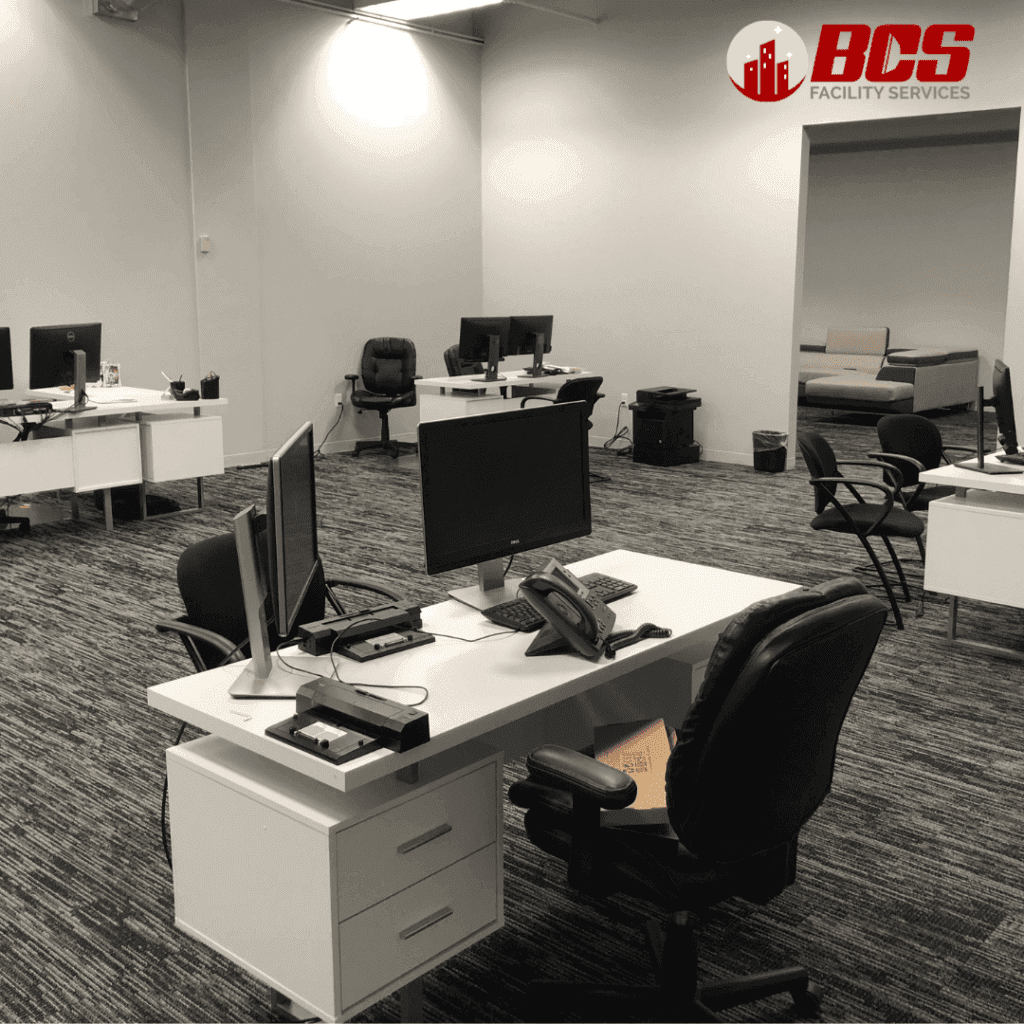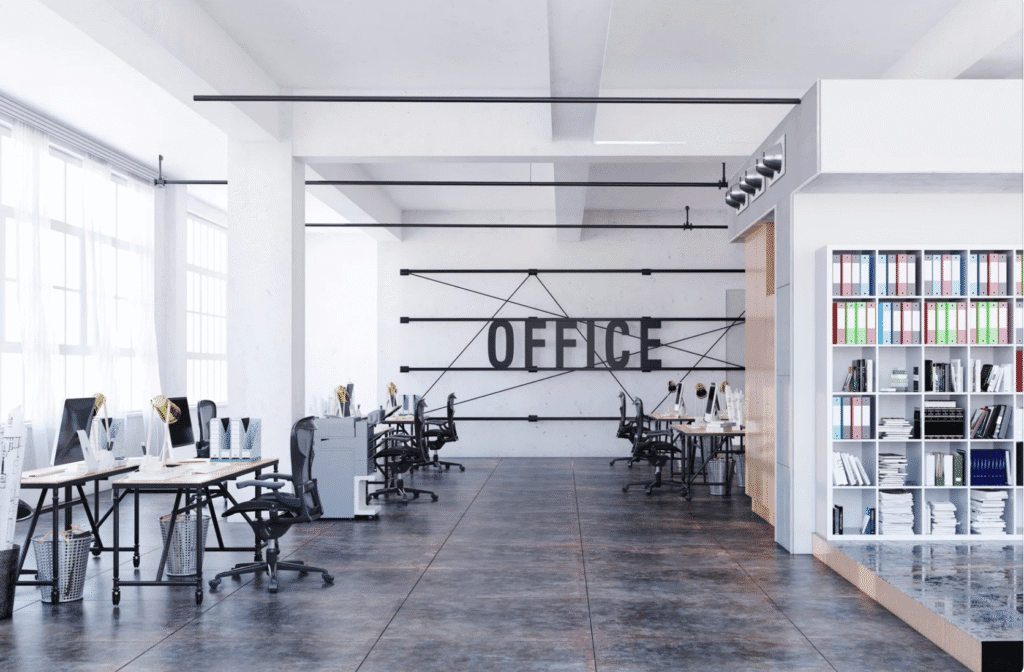Your environment has an effect on your general disposition. For the most part, human temperament can be highly dependent on subtle factors including noise, lighting, and even color. This statement rings especially true for office spaces.
More than keeping your inventory stocked and making sure your employees are trained, one of your most important roles as a business owner is to be organized and at the same time, create a workspace that is conducive for productivity. At the end of the day, no amount of training, bonuses, or weekly office dinners would encourage your employees to work at their optimum, if they are forced to produce in a space that doesn’t inspire and encourage them.
With that said, choosing the right type of office layout is a decision that requires mulling. In order to make your decision a lot less stressful, below are common office space types that might be available for you.
Traditional: Private Offices
Private offices provide the highest privacy and security out of all the office environments available. They are best for employees and sectors that deal with private and sensitive information. They are also ideal for a vertical that requires one-to-one meetings with clients.
There is nothing quite like the privacy and quietness that you can get from a private office. Choosing this type of layout would allow your workers to focus on the task at hand without having to deal with external distractions.
Nevertheless, this luxury comes at a price. More often than not, building out an office for each of your employees can cost a pretty penny. This is before you factor in the cost of real estate, extra furniture, and individual supplies that go with private offices.
This set-up is also not advised for workplaces that require collaboration. Sure, technology is available for office discussions. But requiring your employees to physically get up is a waste of time and energy especially if you have a cheaper and more effective option of grouping them together
Somewhere in Between: Cubicles
Cubicles often get a bad reputation but this type of office layout is perfect for big organizations that require privacy and collaboration in their workflow. It is the perfect middle ground between private offices and an open office layout.
Cubicles provide a sense of separation without completely casting off employees in one room. Workers are able to communicate and collaborate with each other but the divide also provides them ample separation in order to concentrate.
Unfortunately, there are plenty of companies that shy away from cubicles. This layout, after all, seems outdated and it makes a space feel cramped and tight.
Free and Flowing: Open Offices
Open offices are the complete opposite of private offices. This type of office space is a modern trend with a goal to foster collaboration among colleagues. This layout has its origins in the tech industry, particularly in Silicon Valley. The industry promotes open offices because it provides unparalleled interaction and transparency.
In theory, this set-up makes for employees that are comfortable, casual, and inspired. It also allows energy and creativity to flow. It is cost-effective and it encourages the growth of company culture.
While it is great for collaboration, the absence of physical division can be distracting. Noise is an ever-present problem for workspaces that imbibe an open office layout. There is also no privacy and it can be difficult to entertain potential clients in a one-on-one meeting.
Starting Small: Co-Working Spaces
Co-Working spaces are perfect for small start-ups that are still trying to get their product or service off the ground. This office option requires the least investment sincere third-party office provider is in charge of arranging and purchasing all of the furniture and equipment requirements that your operation might need.
Considering Other Factors
Your office layout is an important factor that determines the productivity of your employees. However, aside from space, there are other office space considerations that you should be wary of in order to ensure that your employees are performing at their very best:
Air Quality
When it comes to building out an office space, air quality is often one of the factors that
are left by the wayside. This is an unfortunate truth especially considering the big effect of air quality to a person’s productivity,
According to a study conducted by David P. Wyon from the Technical University of Denmark, poor air circulation in a workspace can decrease productivity by almost 10 percent. Investing in vents, good air conditioning, and better air filters can be beneficial to your employee’s morale and your company’s output.
Presence of Greenery
Plants in the office seem innocuous. On the surface, having greenery in the office seems like nothing more than a waste of resources. However, there have been several studies showing the relationship between the presence of plants in the office and productivity. In fact, research showed that productivity can increase by 15% given the presence of greenery.
While the reason for the increase remains unknown, experts assume that plants provide an oxygenating effect that encourages output.
Availability of Break Areas
Contrary to popular belief, spending hours in front of a computer isn’t necessarily productive especially if you aren’t producing quality output. Burnout and mental fogs are realities that employees have to deal with.
Much of being productive is dependent on taking mindful breaks. Providing areas to your employees wherein they can rest and relax would have an effect on their output and performance.
Cleanliness
A person’s work area is a reflection of their mind and disposition. Consequently, the space they are in can also affect their morale. The effect of a clean space is mutually-exclusive.
With that said, keeping your office space clean would ensure the productivity of your employees. Imposing a stringent cleaning schedule with your professional cleaning team and making sure that common areas are tidy tells your employees that you care about their well-being. It also prevents the spread of diseases. At the end of the day, a healthy employee is a productive employee.
As a business owner, building an office space that is comfortable and conducive for your employees should be a priority. They are your operation’s most important assets and they should be taken care of. The success of your company depends on its productivity and output. So making sure that they work in an intelligently planned office layout with good lighting, top-notch air quality, and clean common areas is an investment worth making.

